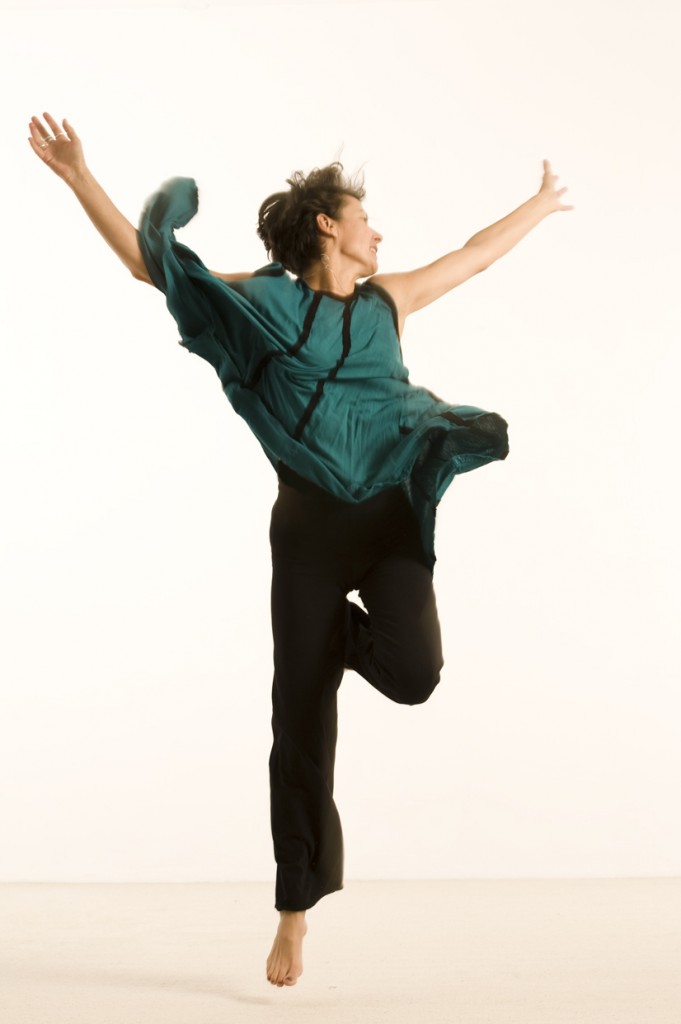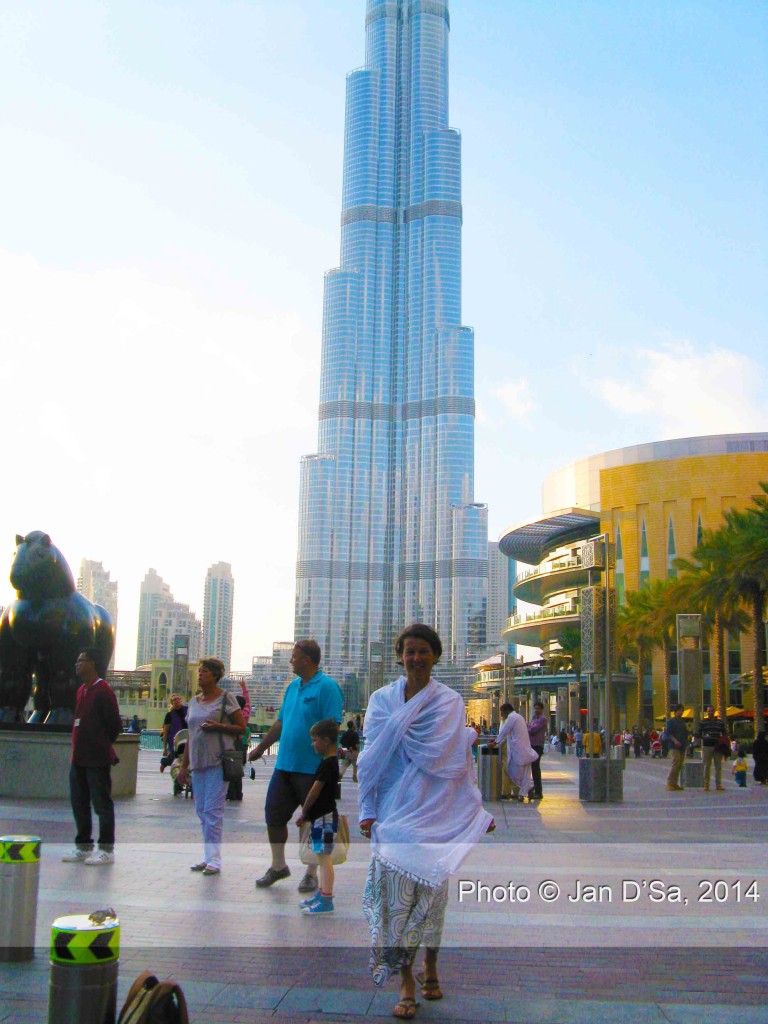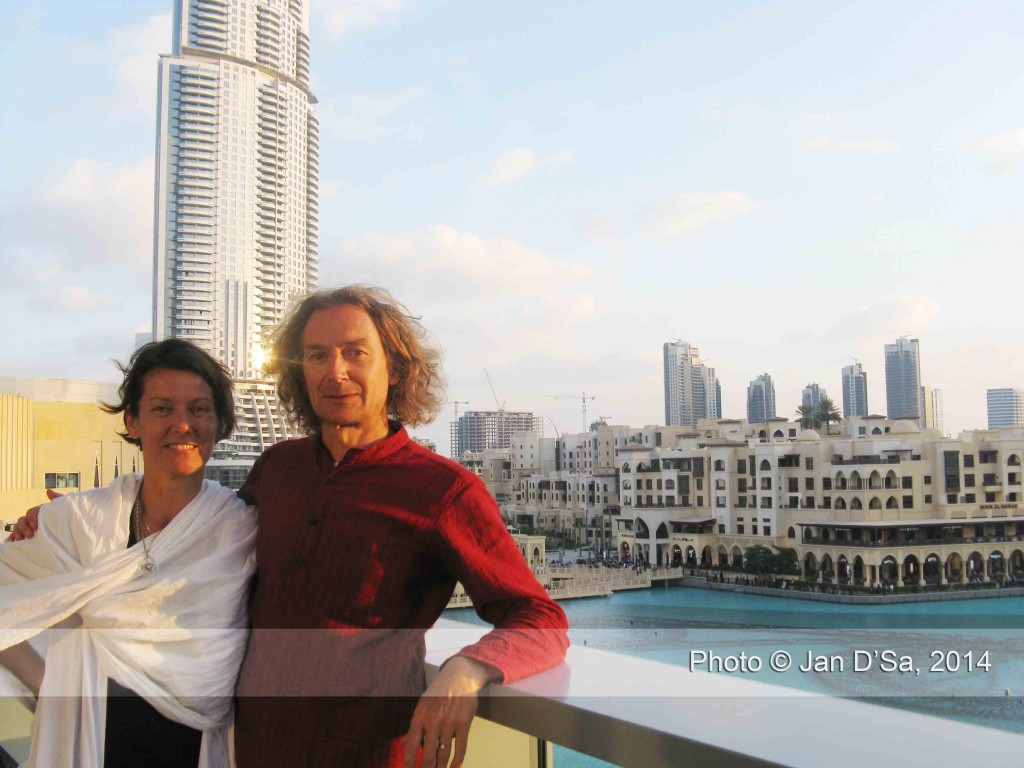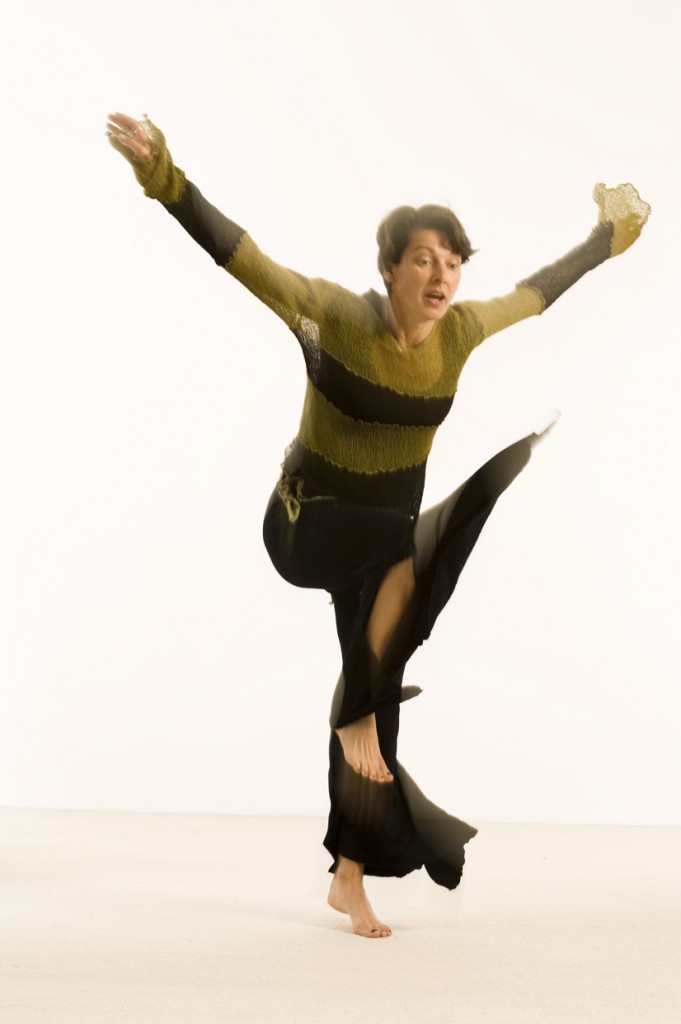My fascination with using expressive arts as medicine, as a creative unblocking process and to deal with my aTCK (adult third culture kid) issues has grown since I discovered the field during my days as a student in the UK. At the time I was knee deep into a tough Masters in Molecular Biology/Medicine. Looking back, I realised that at the time, most of my friends happened to be students of art therapy and drama therapy. Now 16 years later, here I am once again getting involved in this field in deeper and more authentic ways, especially since I discovered my newly found identity as an adult Third Culture Kid (aTCK) and getting used to feeling comfortable in my own skin as an aTCK. I have always wanted work in the area of arts, healing and wellness around the globe, whether that was being a doctor or a psychologist or a counsellor – the more accepted paths towards curing illnesses in patients. Though, in the end I didn’t choose those paths of study, I have the opportunity to delve into the alternative path of integrated arts therapy and psychotherapy, through meeting like minded people, through going deeper in body movements, organising travel retreats with a deep culture and arts engagement. Which is why, when I heard that Austrian based Romana Tripolt, 5R teacher and a trauma psychotherapist was breaking her journey in Dubai (for her amazing workshop that I attended), after her wellness retreat in India, I had to meet up with her to learn more about her work.
She was seated, a tall angel in white, in the midst of the Dubai Mall glory. At a distance the music fountains waited to blossom into song, hoping, perhaps for Romana to dance and sing along.
Before we jump into the interview, it is apt to define certain terms for better use. Psychotherapy is loosely defined as helping the patients from a psychological view to better their wellbeing. In the past, it has been used as part of the professions of psychotherapist, psychologists, but from what I understand, it is becoming a stand-alone profession in many parts of the world. Depending on which jurisdiction you are under, it could be a regulated profession.
Arts psychotherapy helps the patient to work through his psychological issues through various art forms, which will include art, drama/theatre, dance/movement, sand play, poetry/writing, music and sculpture/clay (I would like to add handcraft and photography therapy to this, as I use these in my own wellbeing in combination with dance and writing).
Coming back to Romana. She is a holistic psycho-trauma therapist – which means a therapist that helps people who have experienced deep trauma, whether that be through abuse of any sort, through accidents, which could lead to a withdrawal from life and a strain on family relationships – and ultimately into Post-trauma Stress Disorder (PTSD). If you want to know more on this subject, best read a well written paper from the journal Journal of Occupational Medicine and Toxicology.

Dance out Loud! Romana in the spontaneous dance rhythm! Photo supplied by Romana Tripolt – a melody in flight! Photo supplied.
Romana, so what exactly is your specialty:
My specialty is in holistic psycho-trauma therapy where I help patients to process the past, by paying attention to the body, the emotions, the mind and the individual spiritual attitude. I also use EMDR (Eye Movement Desnsitization and Processing). Besides my work as a licenced therapist, I also offer advanced training in EMDR and ‘EMDR in motion.’
Why and how did you get into the study of Psychology?
I wanted to help people heal. I was interested in how the mind works, and how the people’s pscyhe works. That’s how I got into studying psychology. In time, however, I found that scientific statistics didn’t interest me as much so I studied psychotherapy in parallel. That is how I discovered psychodrama where you can actually use body/movement/ role playing/ acting out/ orientation to deal with the wounds that are hidden in our system and cells. These wounds can’t be accessed through just talk therapy (talk therapy uses only the mind). Instead, true transformation happens only at deeper levels, over a period of time. For this, we need to dive in deeper and use tools that work at such levels.
So that’s how you got involved in trauma therapy….
Yes. In time, I grew interested in helping patients find ways to deal with the co-morbidities around the actual trauma incident (which could be anything from violence, to abuse, or even car accidents and sudden death of a loved one) such as anxiety and depression. I always wanted to move away from the clinical psychology (which is more to do with counselling and treatment in clinics), and focus more on relationships and practice heating work through psychodrama.
When you say trauma, what exactly do you mean?
Trauma is not defined by the very event that has just taken place (that include neglect, violence, accidents, even trans-generational trauma). It is to do with the aftermath of those events (the co-morbidities that I mentioned above). We also tend to pass to the next generation not only our genes, but also trauma that our parents may have gone through. My own childhood was riddled with trauma. My own parents were war victims from the second world war and had no strategies to create good and loving relationships. They had suffered from aggression, low self-esteem, and had not the capacity to develop loving relationships. So, that is the kind of environment that I grew up in.
On the other hand, my husband Martin grew up in a much loving environment; he was raised in a part of Austria which was not so much afflicted by the war.
How did you discover 5R?
Whilst in California, I was looking for something to enhance my own self-care. As you know, therapists need to take care of their selves first. That’s when I stumbled across 5R. But when I saw that it could be a possible tool to work with traumatized clients, I merged its principles with those of psychodrama and EMDR. I, then, went on to formulate the Integrative Movement Trauma Therapy modalities and the first module is called ‘Dancing out of Trauma.’ This module can be experienced by anyone, but the next two modules are reserved just for therapists.
What is the best part of your work?
I started my practice in 1994, twenty years ago! The best part is witnessing the miracles that my clients go through, over a period of time. In my work, I get to connect with the true beings, at a deep, loving level, where profound lifestyle changes make them happy. They, then, start to function from an authentic place, and not from an ego-centric place.
—
Well, that’s the end of the chat. I hope to see Romana in Austria, if time allows this year. In the meantime, feel free to connect with her on www.traumatherapie.at




